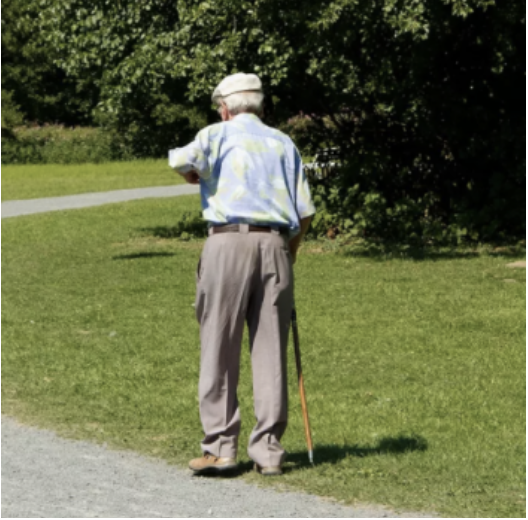For seniors recovering from a stroke, every second counts—especially in the event of a medical emergency. When choosing a retirement home in Ontario, one of the most overlooked yet critical factors is how close the residence is to a hospital. Whether for emergency response, ongoing rehabilitation, or follow-up appointments, proximity to a hospital can be the difference between a complication and a successful recovery. This article explores the key reasons why being near a hospital matters for stroke survivors and how to factor this into your search for a retirement home in Ontario.
 The Importance of Quick Access to Hospital Care
The Importance of Quick Access to Hospital CareStroke survivors face higher risks of recurrent strokes, cardiac events, infections, and medication-related issues. Being close to a hospital offers the following benefits:
When minutes matter—as they do in a stroke—being 5 minutes away instead of 20 can be life-saving.
Ask questions regarding retirement homes to our experts
Here's a comparison of key benefits between retirement homes located close to hospitals and those farther away:
| Factor | Retirement Homes Close to Hospitals | Retirement Homes Farther from Hospitals |
|---|---|---|
| Emergency Response Time | 5–10 minutes to ER | 15–30+ minutes to ER |
| Access to Specialized Stroke Units | Usually available | Less likely, or requires transfer |
| Follow-Up Appointment Travel | Shorter, more convenient | Longer, may require private transport |
| Availability of Rehab Services | Better integration with hospital programs | More reliance on external/visiting therapists |
| Peace of Mind for Families | Higher, due to rapid access to care | Lower, especially in emergencies |
Ontario’s hospitals, particularly stroke-designated centres, offer:
Many retirement homes located near these hospitals coordinate care directly, allowing residents to receive comprehensive treatment faster.
When researching retirement homes for a stroke survivor, consider the following:
You can use tools like Google Maps or the Local Health Integration Network (LHIN) directories to check proximity.
Why is it important for stroke survivors to live near a hospital?
Stroke survivors are at higher risk for complications or recurrent strokes. Proximity ensures quicker emergency care and better access to specialized follow-up treatment.
How close should a retirement home be to a hospital for stroke care?
Ideally, within 5 to 10 minutes by car. The closer the facility is, the faster EMS or staff can transport the resident in an emergency.
Do all retirement homes in Ontario coordinate with hospitals?
Not always. Some homes have formal partnerships, while others rely on families to coordinate care. It’s important to ask about care protocols.
Is hospital access more important than on-site care in a retirement home?
Both are important. On-site care handles daily needs, but hospitals are essential for diagnostics, emergencies, and specialized services.
Are retirement homes near hospitals more expensive?
Not necessarily. Location may influence pricing, but cost depends more on services offered, room type, and level of care.
What types of hospitals should stroke survivors be near?
Preferably hospitals with a stroke centre designation or neurology department. They provide faster and more targeted care.
When selecting a retirement home in Ontario for a stroke survivor, location truly matters. Being close to a hospital can dramatically impact emergency outcomes, recovery timelines, and peace of mind. Always consider hospital proximity as part of your evaluation process, and don’t hesitate to ask how the residence collaborates with local healthcare facilities. It could make all the difference in your loved one’s recovery journey.
Don't hesitate to contact us at 343 309 5289 or online. We can help you choose the right establishment for you and assist you in your search.

Find a suitable senior residence